Think about the places an hour from Manchester and you will probably come up with some nice days out: Bakewell, with its puddings; historic Lancaster; even Bradford with its museums. But when you find out that the Irish capital is an hour on the plane from Manchester Airport, how can you resist?
OK, so catching the plane isn’t as easy as jumping in the car to get there, but when you take a day trip, it’s hand luggage and self check-in all the way. I booked a 7.40am flight to Dublin Airport, which got me in at 8.40am.
I met three different groups of people at departures who had the same plan – jet over to Baile Átha Cliath, do some sightseeing and dining and then hop back again. The Ryanair service made it easy, with a 9.05pm return flight – costing a total £33.78 – meaning I got to spend around 12 hours on the ground in the city.
READ MORE: Best beaches near Greater Manchester
Once I’d arrived on the other side of the Irish Sea, I popped on a Dublin Express into the city, which takes around half an hour and costs £8.80. There are a few central stops, so I jumped off at Aston Quay on the Liffey and went in search of some early-morning brunch.
Along the river and the streets behind are loads of little cafee and spots for coffee and a chat. I stopped off at The Music Cafe by Wellington Quay, where live gigs are hosted three days a week.
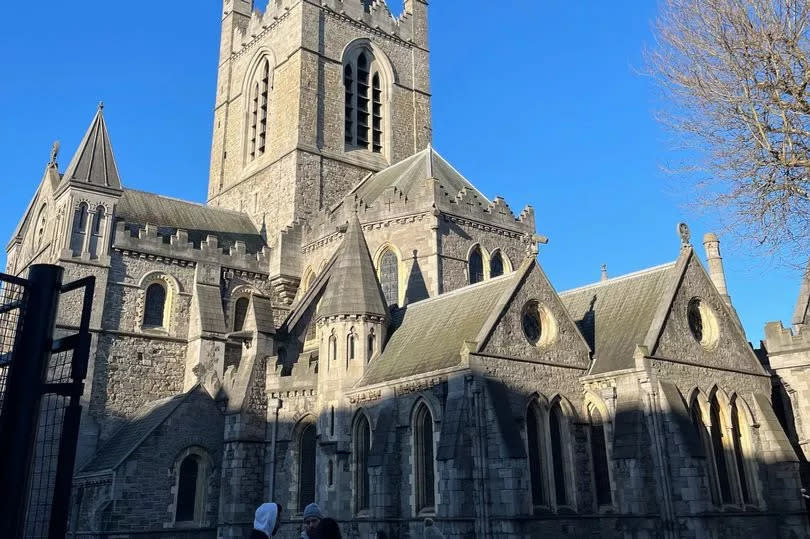
On a quiet Thursday morning, I went straight to the menu and ordered avocado toast with smoked salmon and poached eggs and woke up with a good coffee. I had a vague idea of where I wanted to visit, but I hadn’t plotted out a course, so I used my iPhone map and set my route to MoLI – the Museum of Literature Ireland.
It was about a 20-minute walk, which was a lovely way to see a part of the city in the morning sunshine. The number of stunning chapels I spotted on my walk was extraordinary.
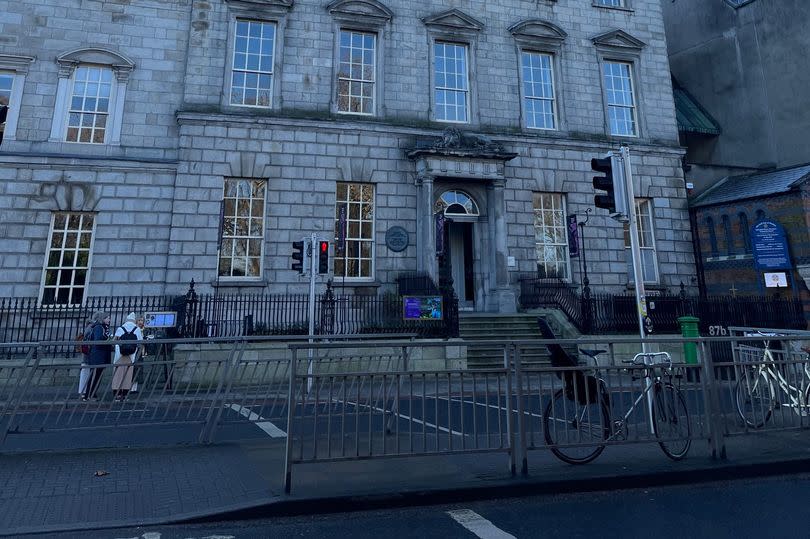

The 100-year-old Christ Church Cathedral cut a startling shape against the blue skies, and my walk led me past those classic Dublin townhouses that give the city its stunning architectural appearance. MoLI is just opposite St Stephen’s Green, in the historic Newman House, owned by the University College Dublin UCD.
Branded MoLI in an homage to Molly Bloom – James Joyce’s most recognisable female character from 1922’s Ulysses – the literary museum opened in September 2019. Unlike many museums in the UK, it cost €14.50 to enter, but it was more than worth it.
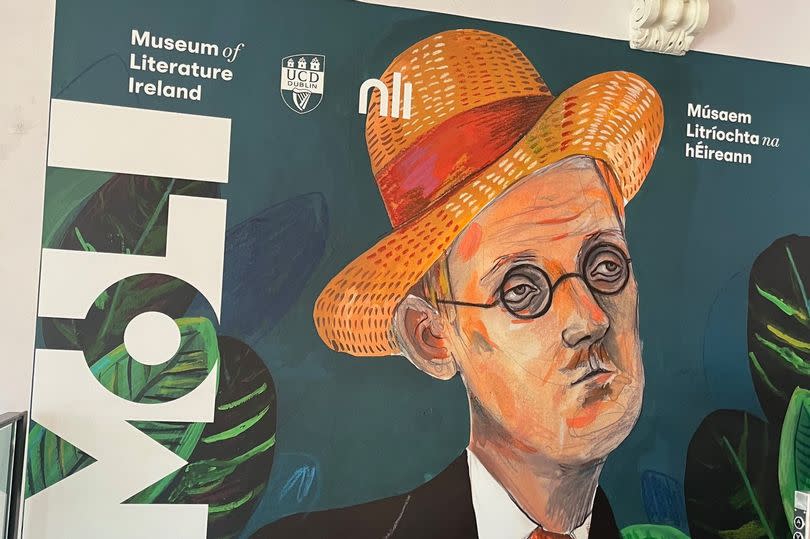

The building has many windows and open spaces, capturing the light in exhibits and offering different dimensions to the spaces you walk into. The first hall shows the names and images of many of Ireland’s great writers, and it is a dazzling list – Joyce, of course; Samuel Beckett, Oscar Wilde, Louis Macneice, JM Synge – so many iconic names, and so fabulous to see them respected in such beautiful collections come from the National Library of Ireland.
After trawling through exhibits including a brilliant timeline of Joyce’s life, a study of the relation of the Irish State to Irish writing, and unbelievably, a first-ever copy of Joyce’s Ulysses, considered to be one of the most important novels ever written. I stopped for a quick coffee in the Commons cafe and then popped across to St Stephen’s Green to pay homage to the great man himself.
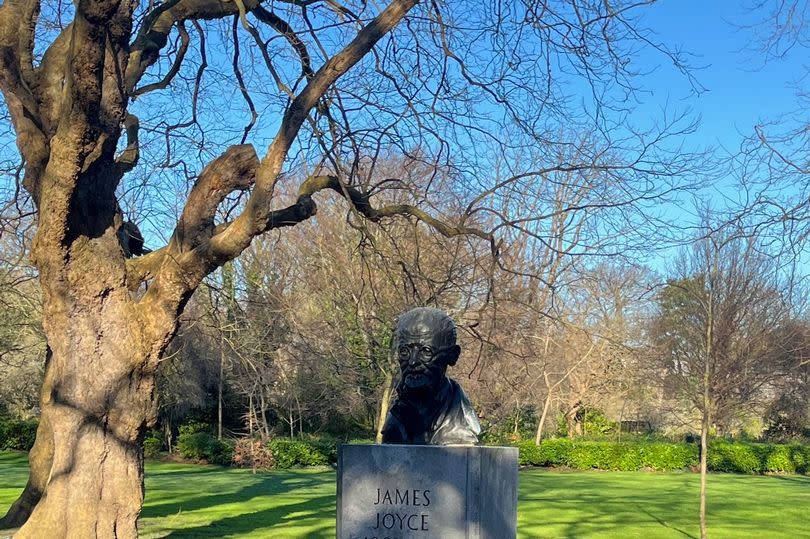

The bust of the writer was unveiled there in 1982, 41 years after his death aged just 58. St Stephen’s Green is a gorgeous central park where tourists and Dubliners alike come to relax, and today was no exception.
I walked through the park, stopping briefly at the duck pond, and then headed on to my next stop. Feeling literary post-MoLI, I headed to Hodges Figgis, a renowned Dublin bookshop now owned by Waterstones.
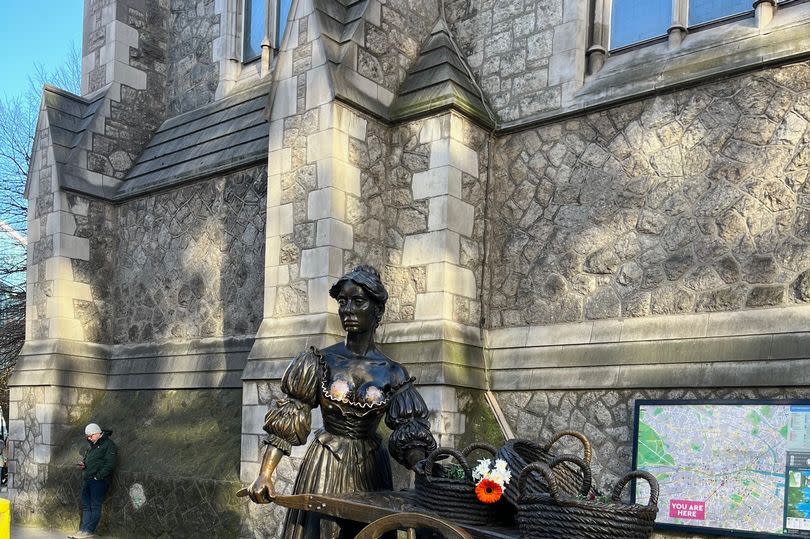

Browsing the high street, I saw a few familiar shops and a few unfamiliar ones, and then, as if by chance, stumbled across the bronze statue of Molly Malone. The fictional fishmonger is the star of a well-known Irish song, and the statue itself is a must-see for tourists from around the world. She looked unimpressed by all of the posing going on around her.
It was time for lunch, so I went to Masa, a stylish Mexican restaurant which looked good for a solo diner. I devoured the delicious fish tacos – served with pickled cabbage, avocado salsa verde, chipotle mayo and coriander – but was slightly stunned at the serving for €9..25.
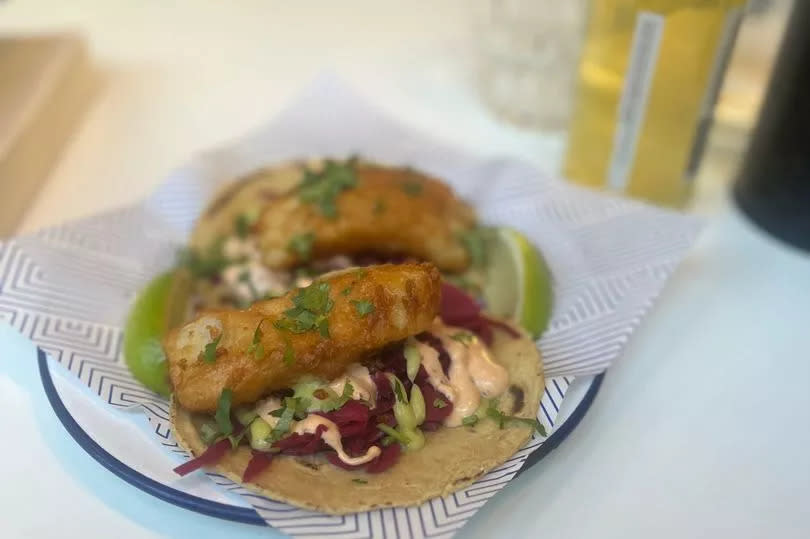

Add to that a bottle of lager with a slice of lime and I was beginning to see why Dublin is noted as one of the world’s most expensive cities. Not to be deterred from my day trip, I set out for a little retail therapy, first at St George’s Arcade, one of Europe’s oldest city markets, and then at the Powerscourt Townhouse Centre.
Set in a beautiful Georgian townhouse formerly owned by an Irish viscount, it’s now a high-end mall housing boutiques selling jewellery, antiques and interiors. It was all a bit posh for my blood, so I headed off in search of more literary history.
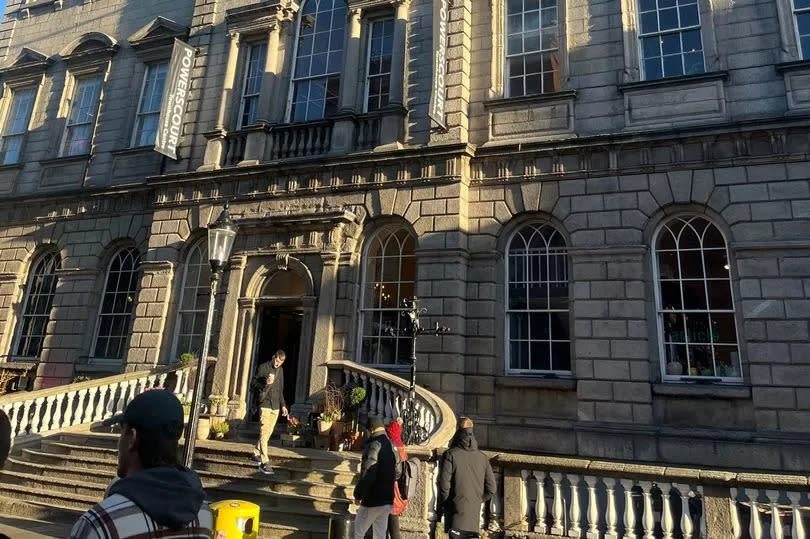

This time, I knew the exhibition I wanted to see was free. Seamus Heaney: Listen Now Again is a National Library of Ireland exhibition in the Cultural and Heritage Centre at Bank of Ireland on College Green.
The poet and writer came from rural County Derry, and his manuscripts, drafts, notebooks, diaries and letters are used to lead visitors through his life in writing. The Irishman won the Nobel Prize for Literature in 1995, and died in 2013 aged 74.
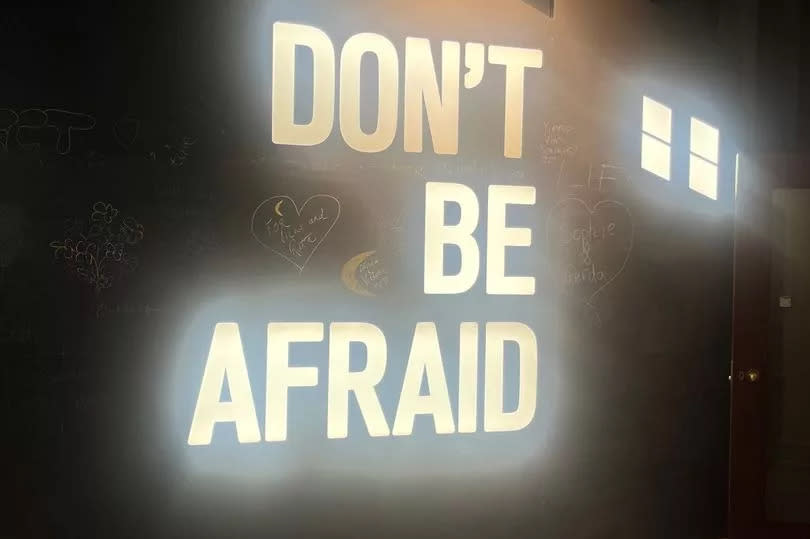

The final part of the outstanding exhibition is an artwork of Heaney’s last words to his wife – ‘noli timere’ or don’t be afraid. It was so moving, but my time on the ground was coming to an end.
Temple Bar has much to offer visitors who are seeking that real tourist-y view of Ireland, and I thought it would be fun to play the game before I left. So I sat in the Merchant House bar with a €9 Guinness and a portion of seafood chowder with Guinness bread before I had to head back to the airport to grab my flight home and thought about how modern and interesting the Irish capital is.
As I drained my drink, the bar’s in-house performer started singing Linger by The Cranberries, a small train of under-10s filed out through the bar from an upstairs room, having finished their Irish dance class.
